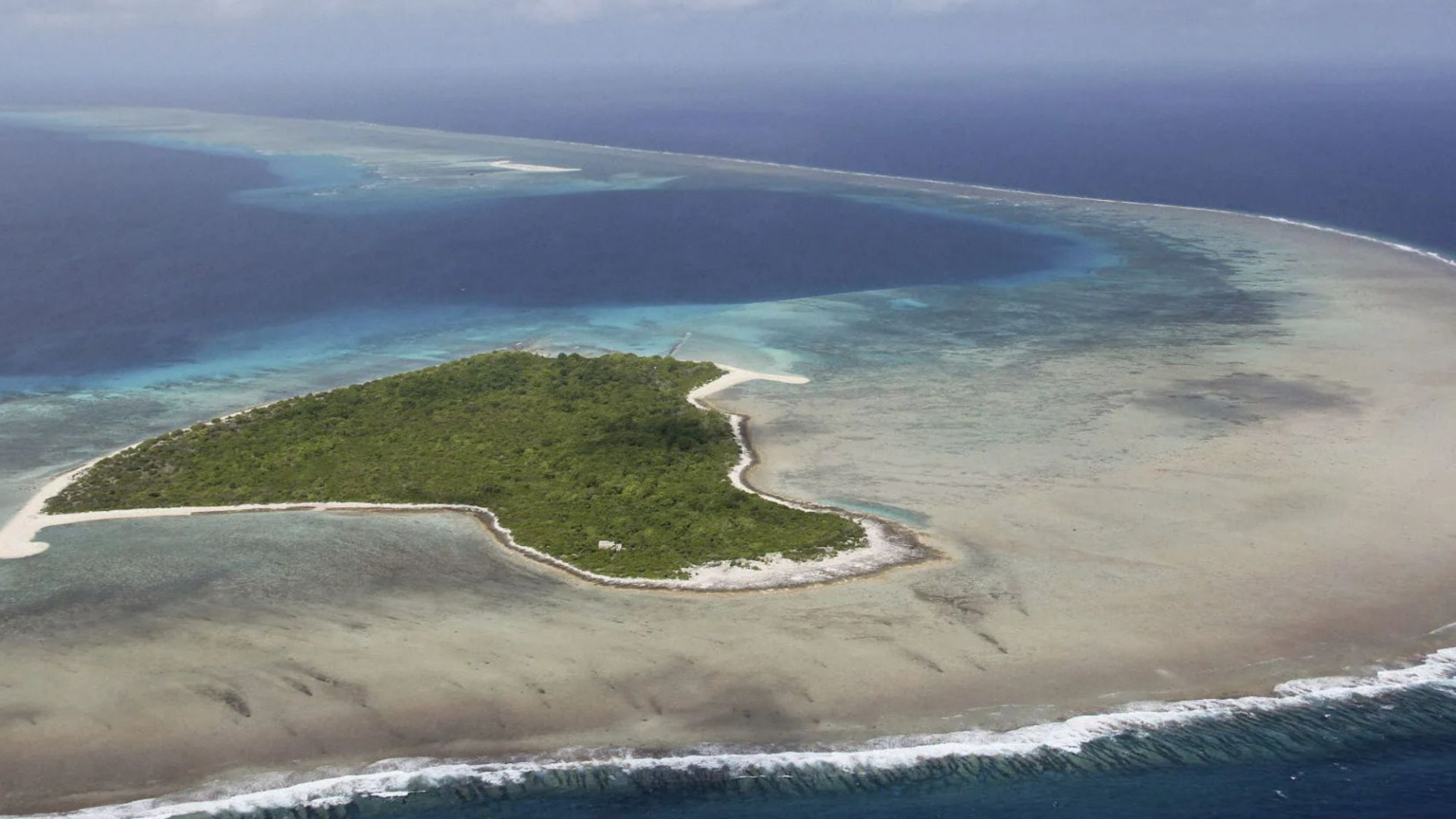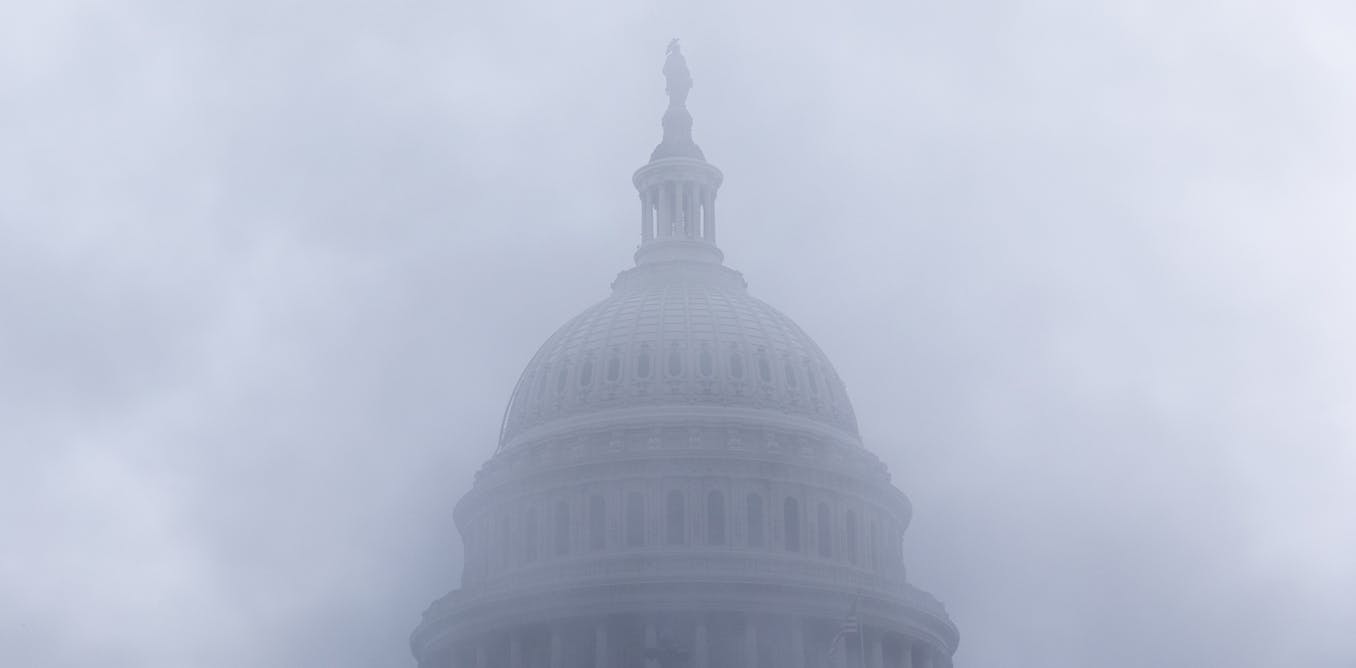AN IDYLLIC island paradise with crystal blue waters and white beaches hides a radioactive secret.
Off limits to the rest of the world, Bikini and Enewetak Atolls in the Marshal Islands was the home to more than 23 nuclear detonations between 1946 and 1958.
10

10

10

10
It was also the site where the first hydrogen bomb was detonated.
The radioactive paradise is now home to a mutated sharks missing their second dorsal fin, and larger than life corals.
Professor of marine sciences at Stanford University Steve Palumbi who is studying the affects of nuclear radiation on the island said: “There are individual nurse sharks on the Marshall Islands that only have one dorsal fin.
“Popular belief is that radiation causes mutations, and you know what, it’s true.
“Do we have mutant sharks on Bikini Atoll missing a fin? Possibly.
“I’ve never seen anything like that before and that means we have a scientific mystery to unravel.”
The H bomb, which was 1,100 times larger than the atomic bomb which exploded in Hiroshima, had major consequences on the small island.
There are now fear that radiation is leaking into the Pacific ocean through a large concrete dome dubbed “The Tomb”, which can be found on Runit Island in the Marshall Islands.
Built in the late 1970s, the large dome which measures 3.1m cubic ft has started to show its age as cracks start to appear.
One of the only visible evidence of any nuclear testing, “The Tomb” is a 377 ft wide bunker, large enough to fit roughly 35 Olympic-sized swimming pools of radioactive soil and nuclear waste.
It was used by the US to ship waste from Nevada, where it was testing nuclear weapons on Native American land.
It is currently unclear how much nuclear waste is seeping into the water ways from under the dome.
Although the marine world is flourishing, the area is still considered dangerous to humans.
A report to the United Nations stated that there was “near-irreversible environmental contamination”.
The atoll was named a UNESCO world heritage site in 2010 because of its direct tangible evidence of the nuclear tests conducted there amid the paradoxical location.
Prior to the nuclear blasts, Bikini islanders’ traditional lifestyle was based on cultivating plants and eating shellfish and fish.
The Marshellese people were relatively isolated and had developed a society bound by extended family association and tradition.
The typical climate is hot and humid, with the temperature ranging between 27 and 29 degrees Celsius year round.
The wet season is from May to December while the trade winds from January through May produce higher wave action.
Bikini Atoll remains deserted, apart from a small group of custodians who tend a ghost village.
Food and water must be imported due to contamination that runs through the water and soil of the island.
According to Palumbi, living on the island is impossible.
He said: “People kept trying to move back here but they couldn’t.
“It’s the radiation that the bombs left. It seeps into everything.
The islands plants are laden with caesium-137, a cancer causing isotope.
Residents, however, have begun returning slowly to Enewetak Atoll at the US government’s urging.
Community elder Alson Kelen grew up on Bikini Atoll.
She said: “Cancers continue from generation to generation.
“If you ask anyone here if there’s a legacy of nuclear impact on their health, the answer would be yes.
“The Marshall Islands Nuclear Claim Tribunal has a list of cancers that are related to nuclear throughout our people.

10

10

10

10

10

10




